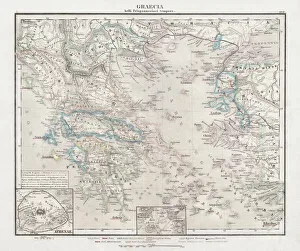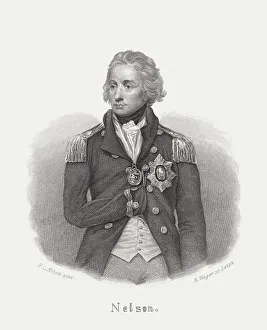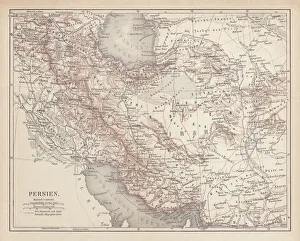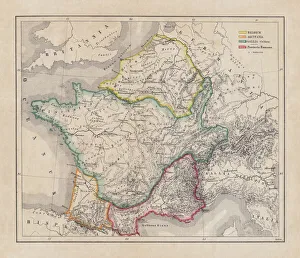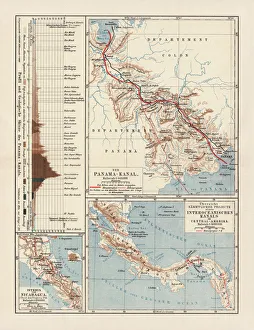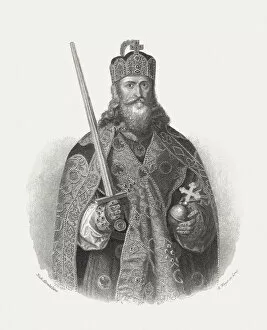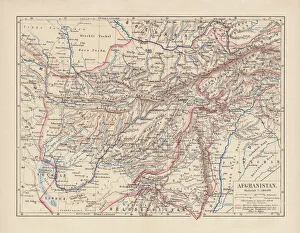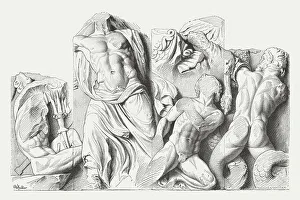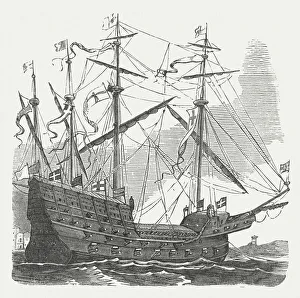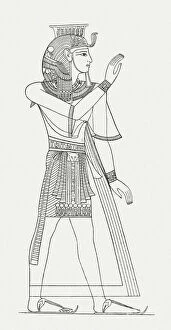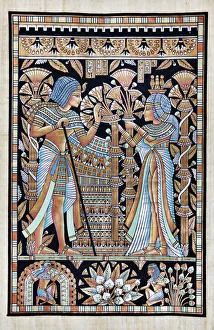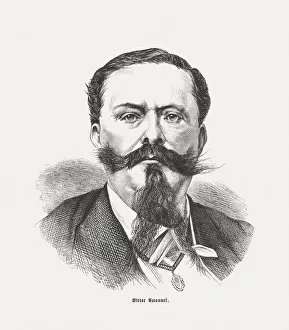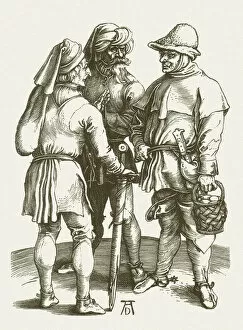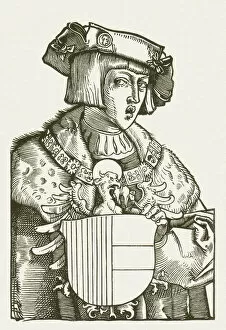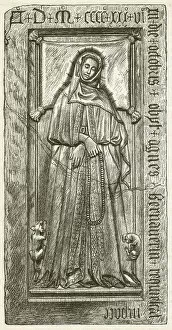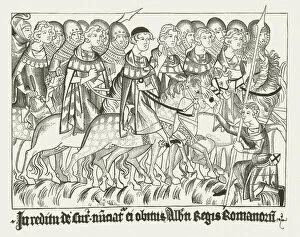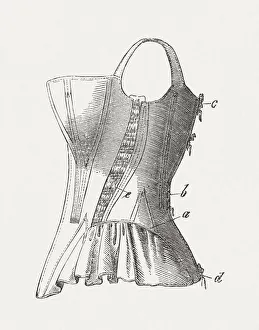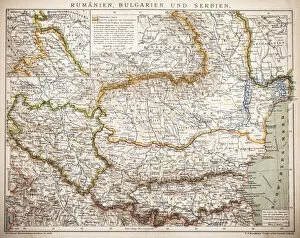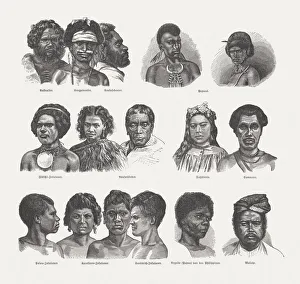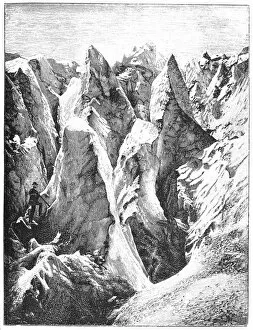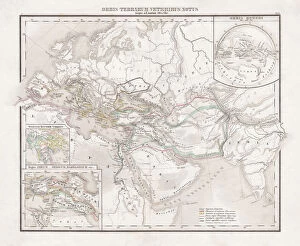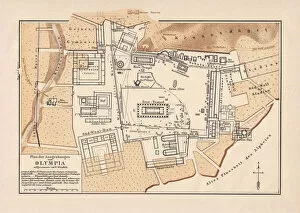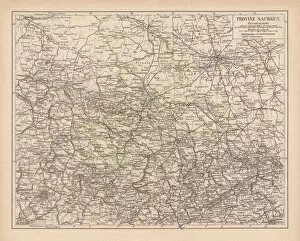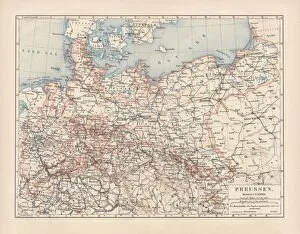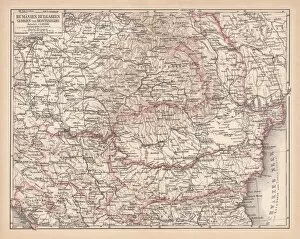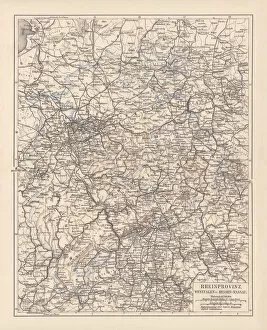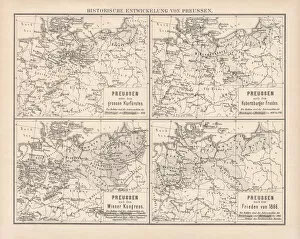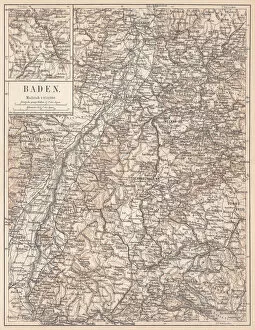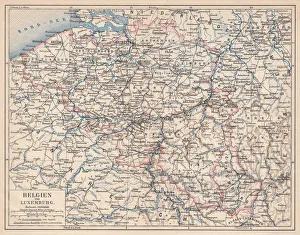Ethnocultural History Collection
"Exploring Ethnocultural History: A Journey Through Time and Cultures" Embark on a captivating voyage through the annals of ethnocultural history
All Professionally Made to Order for Quick Shipping
"Exploring Ethnocultural History: A Journey Through Time and Cultures" Embark on a captivating voyage through the annals of ethnocultural history, where ancient civilizations and iconic figures come to life. From Greece at the dawn of the Peloponnesian War in 431-404 BC to Horatio Nelson, the valiant British Admiral of the late 18th century, this collection of lithographs and engravings unveils a tapestry woven with diversity. Immerse yourself in an era when empires clashed and alliances were forged. Witness Julius Caesar's Gaul as depicted in a stunning publication from 1867 or marvel at an ancient map showcasing Persia's grandeur published in 1877. The Roman Temple of Venus at Baalbek stands tall through time, captured beautifully in a wood engraving from 1855. As you delve further into this ethereal journey, encounter monumental achievements like the Panama Canal Project that forever altered global trade routes. Published as a lithograph in 1880, it serves as a testament to human ingenuity and perseverance. Marvel at historical artifacts such as Tutankhamun's papyrus depicting his wife Ankhesenamun or relish intricate details carved onto Pergamon Altar's relief published in 1881. These treasures offer glimpses into forgotten worlds brimming with artistry and cultural significance. The Great Harry, an English warship under Henry VIII's reign showcased its might during turbulent times; behold its grandeur through an enchanting engraving published in 1880. Ramesses III emerges from antiquity too – his legacy etched onto wood engravings from 1881 – reminding us of Egypt's majestic past. Finally, explore distant lands like Afghanistan or encounter native peoples inhabiting South Sea Islands through lithographs dating back to the early years of modern exploration (published between 1881-1882).

